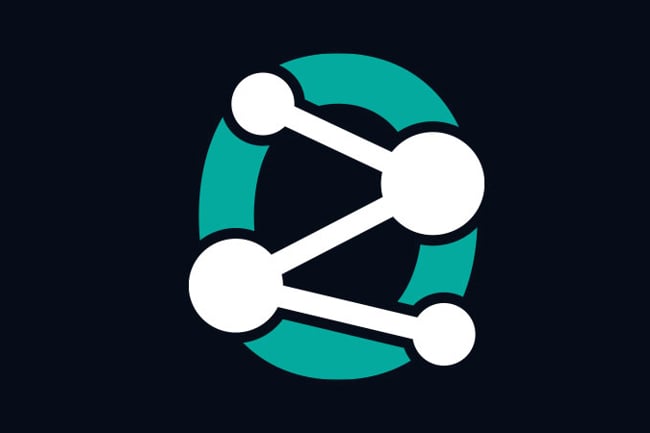The shipping industry stands at the cusp of a revolutionary shift towards clean energy, with nuclear power emerging as an alternative to traditional fossil fuels. Nuclear has the potential to provide a high-density, reliable energy source that could significantly reduce the carbon footprint of shipping activities. However, considerable challenges currently stand in the way of adopting nuclear power in shipping.
To evaluate the feasibility and readiness of nuclear technology for maritime applications, the Lloyd’s Register Maritime Decarbonisation Hub’s Zero Carbon Fuel Monitor (ZCFM) employs a structured framework assessing technology readiness levels (TRL), investment readiness levels (IRL), and community readiness levels (CRL) across the supply chain. This approach highlights the current landscape of nuclear technology development for shipping across the supply chain.
In this update, the ZCFM points to improvements in nuclear-power technology readiness levels with offshore applications increasingly being proven. In addition, to reflect growing maritime industry focus, the ZCFM now evaluates five nuclear technology categories/types (up from three in 2023) with high temperature gas reactors and liquid metal cooled reactors joining pressurized water reactors, micro-reactors (heat pipes), and molten salt reactors.
You can view the ZCFM's latest evaluation of nuclear as a zero carbon marine energy source here.







